-
Sorry, empty cart
Go to product
If you have a gas stove at home, you also must know how to take care of and maintain it. There are a couple of things that you need to remember, this includes cleaning them, and being aware of the regulator’s condition. This article is written to remind you all to check the condition of your gas regulator! Below are some signs if you need to change it immediately:
Signs to replace your regulator:
If you have experienced some of the points above, immediately contact a technician for further action. Remember to always carry out routine maintenance for early prevention and only use accessories recommended by your professional technician!
Learn how to install your regulator correctly
Here are some points to know to make sure your gas regulator has been installed safely!
Remember to always avoid repairing yourself in case of damaging it even more. Also make sure to always contact customer care to have a service scheduled by an authorized technician. The last point, but certainly no less important, is to always do maintenance and change the regulator regularly as a preventive measure for damage!
Other Articles
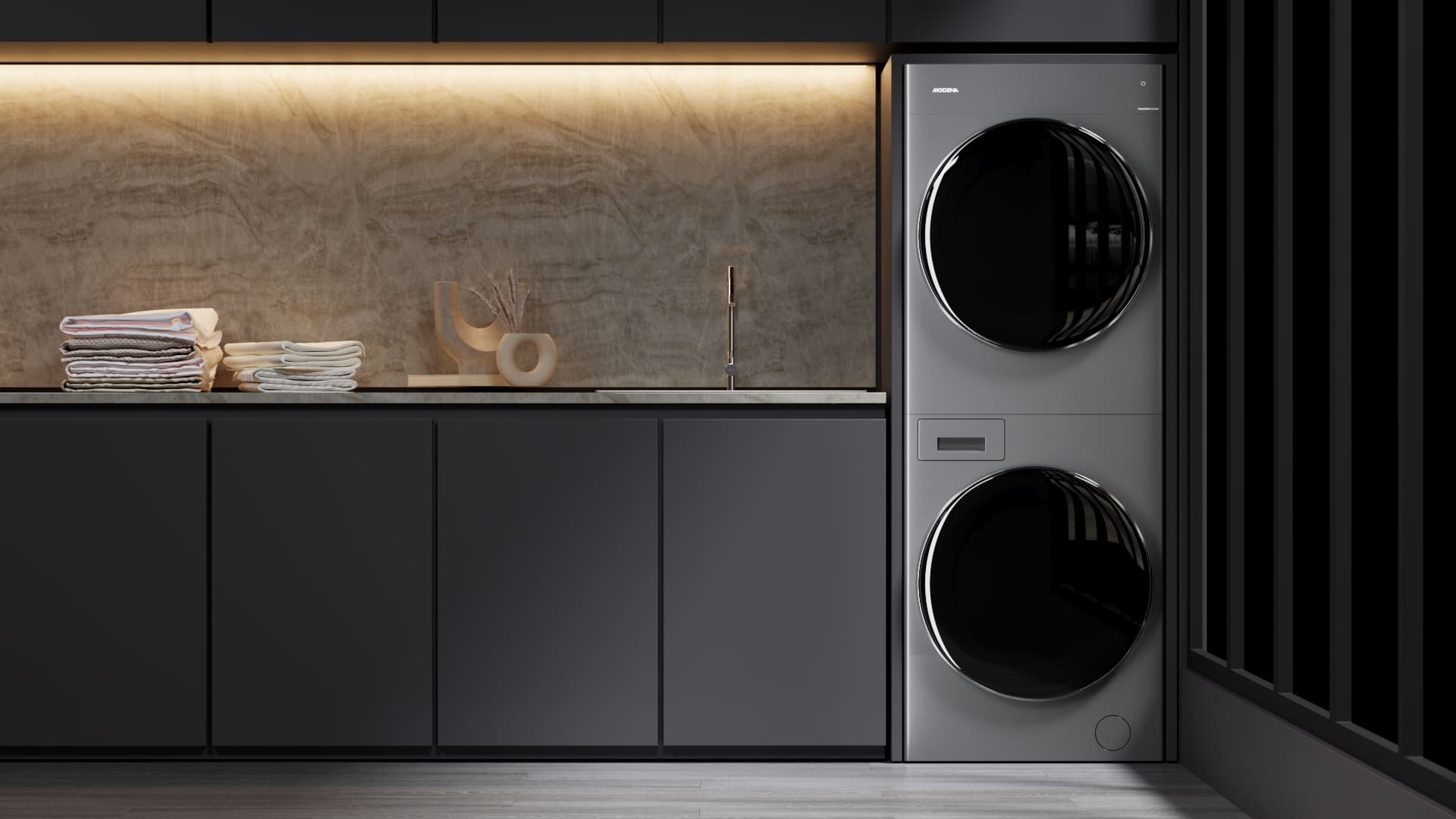
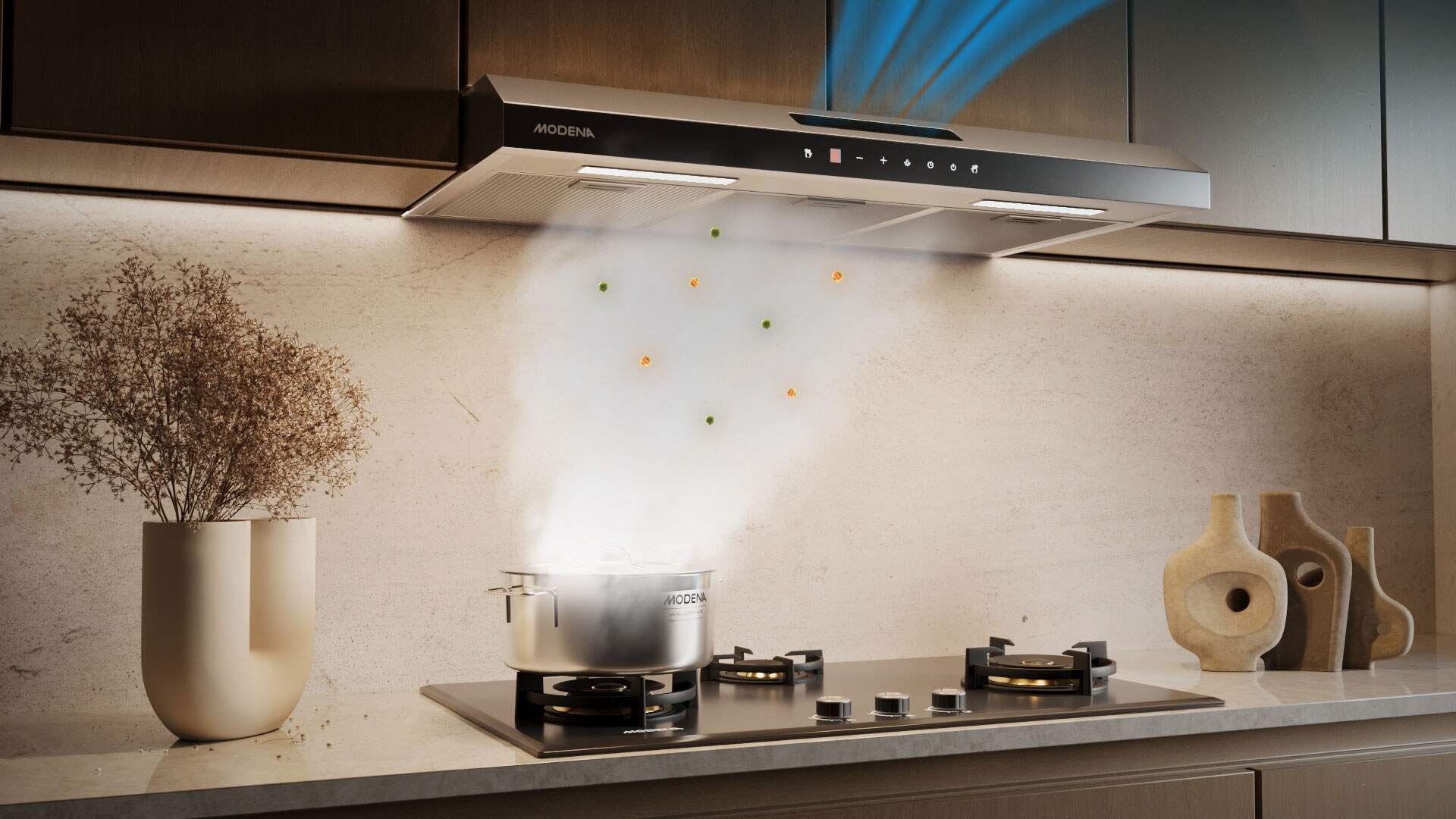
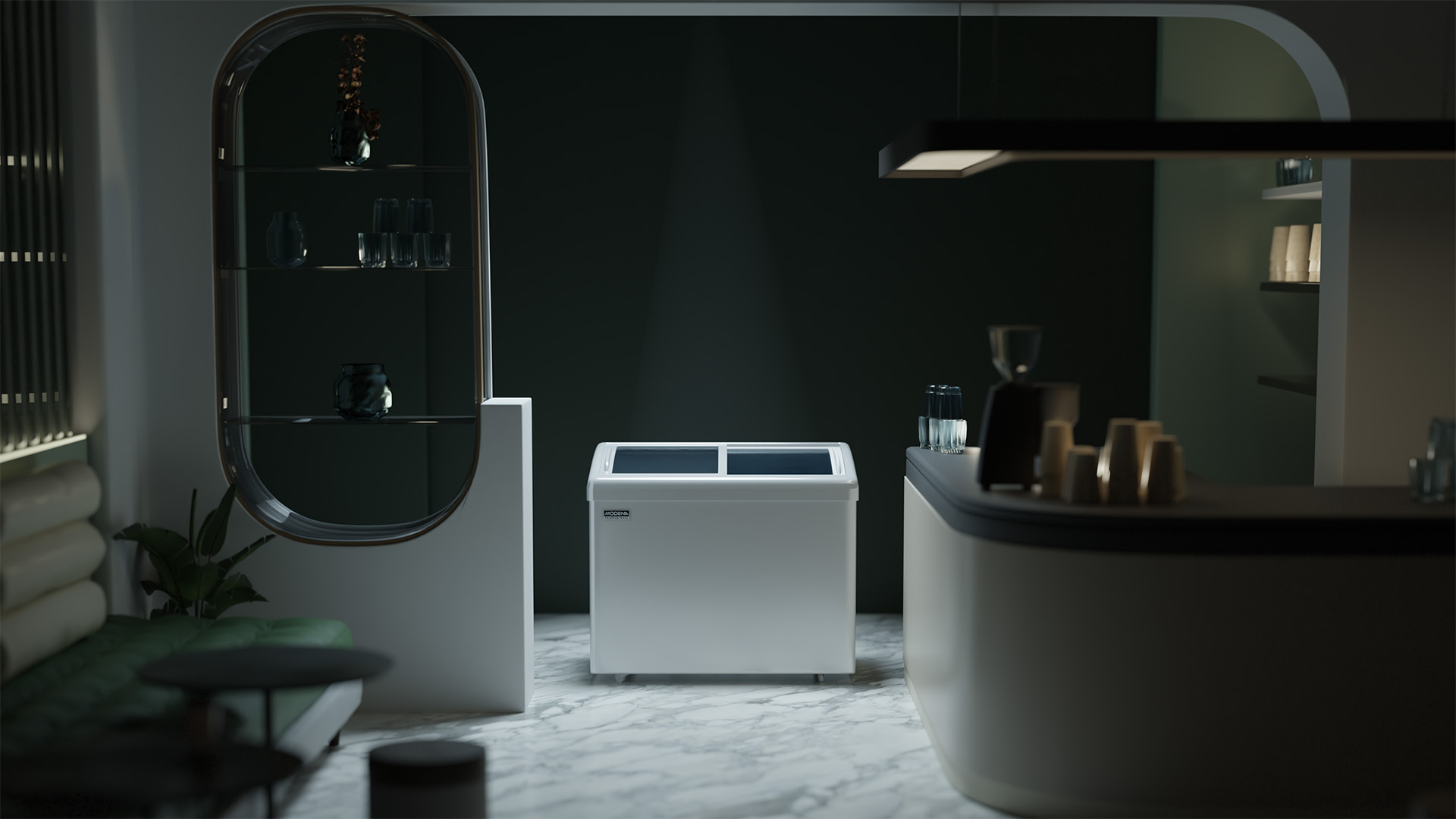
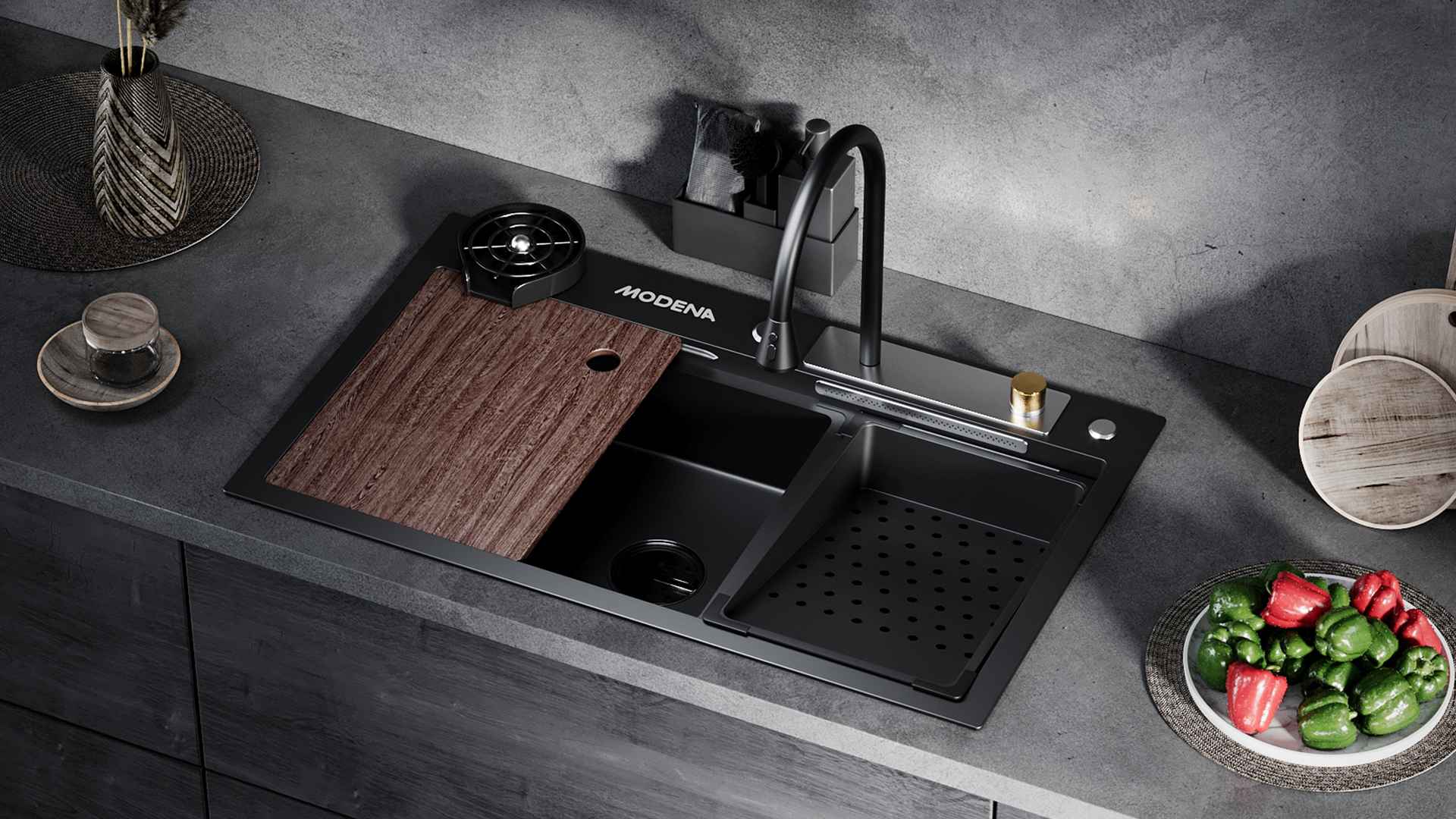
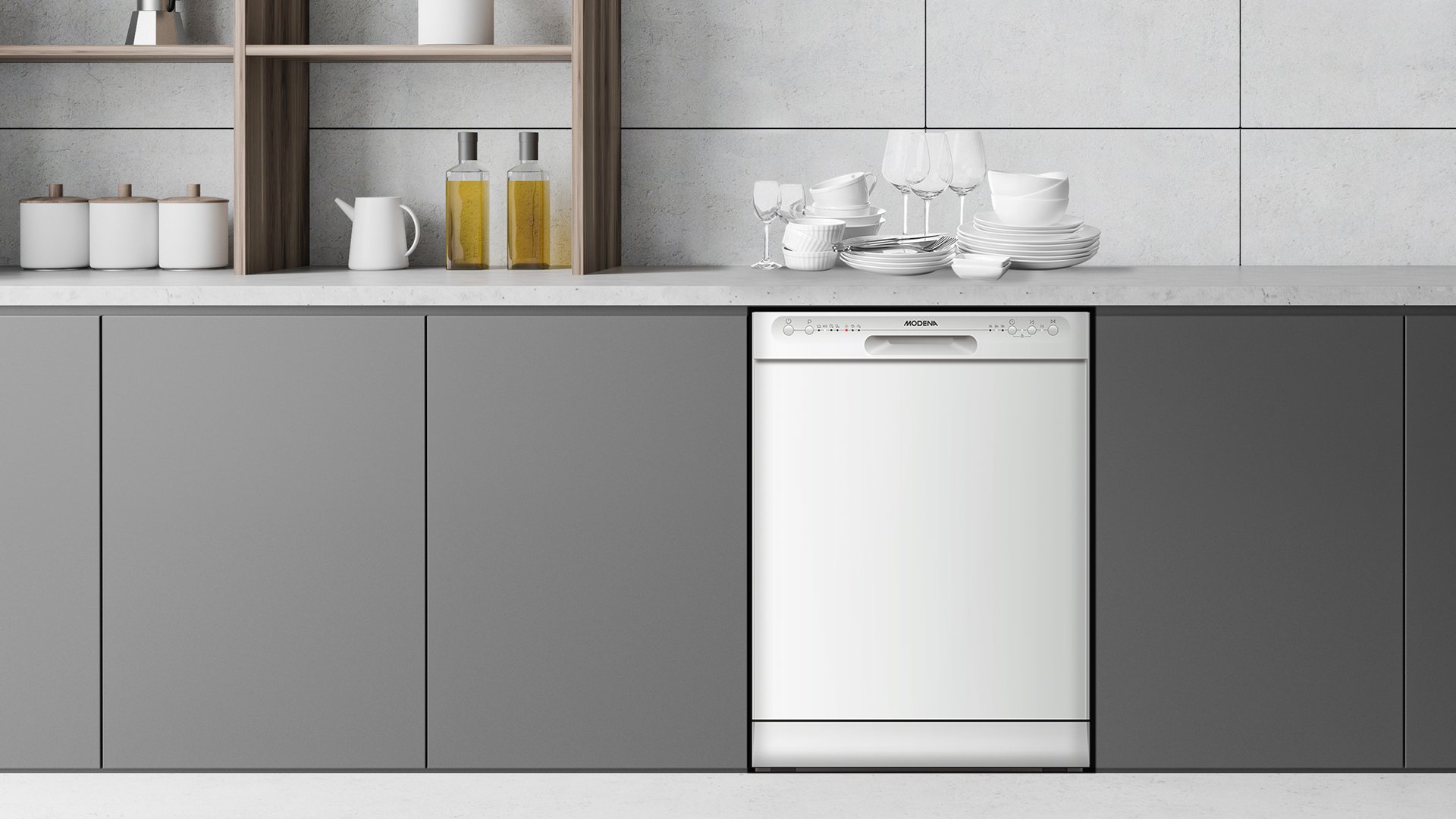
If you have a gas stove at home, you also must know how to take care of and maintain it. There are a couple of things that you need to remember, this includes cleaning them, and being aware of the regulator’s condition. This article is written to remind you all to check the condition of your gas regulator! Below are some signs if you need to change it immediately:
Signs to replace your regulator:
If you have experienced some of the points above, immediately contact a technician for further action. Remember to always carry out routine maintenance for early prevention and only use accessories recommended by your professional technician!
Learn how to install your regulator correctly
Here are some points to know to make sure your gas regulator has been installed safely!
Remember to always avoid repairing yourself in case of damaging it even more. Also make sure to always contact customer care to have a service scheduled by an authorized technician. The last point, but certainly no less important, is to always do maintenance and change the regulator regularly as a preventive measure for damage!
Other Articles